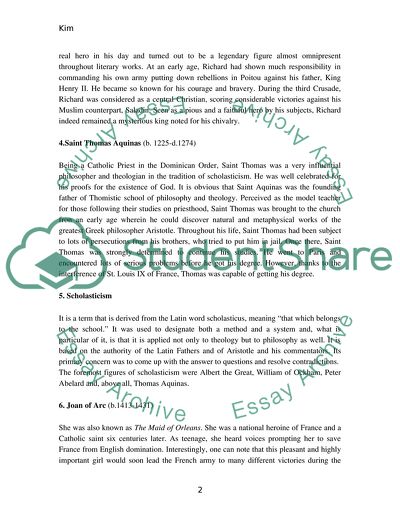Cite this document
(History of Western Civilization: Key Terms Assignment, n.d.)
History of Western Civilization: Key Terms Assignment. https://studentshare.org/history/1731059-history-1-class-history-of-western-civilization-key-terms-25-words
History of Western Civilization: Key Terms Assignment. https://studentshare.org/history/1731059-history-1-class-history-of-western-civilization-key-terms-25-words
(History of Western Civilization: Key Terms Assignment)
History of Western Civilization: Key Terms Assignment. https://studentshare.org/history/1731059-history-1-class-history-of-western-civilization-key-terms-25-words.
History of Western Civilization: Key Terms Assignment. https://studentshare.org/history/1731059-history-1-class-history-of-western-civilization-key-terms-25-words.
“History of Western Civilization: Key Terms Assignment”. https://studentshare.org/history/1731059-history-1-class-history-of-western-civilization-key-terms-25-words.


